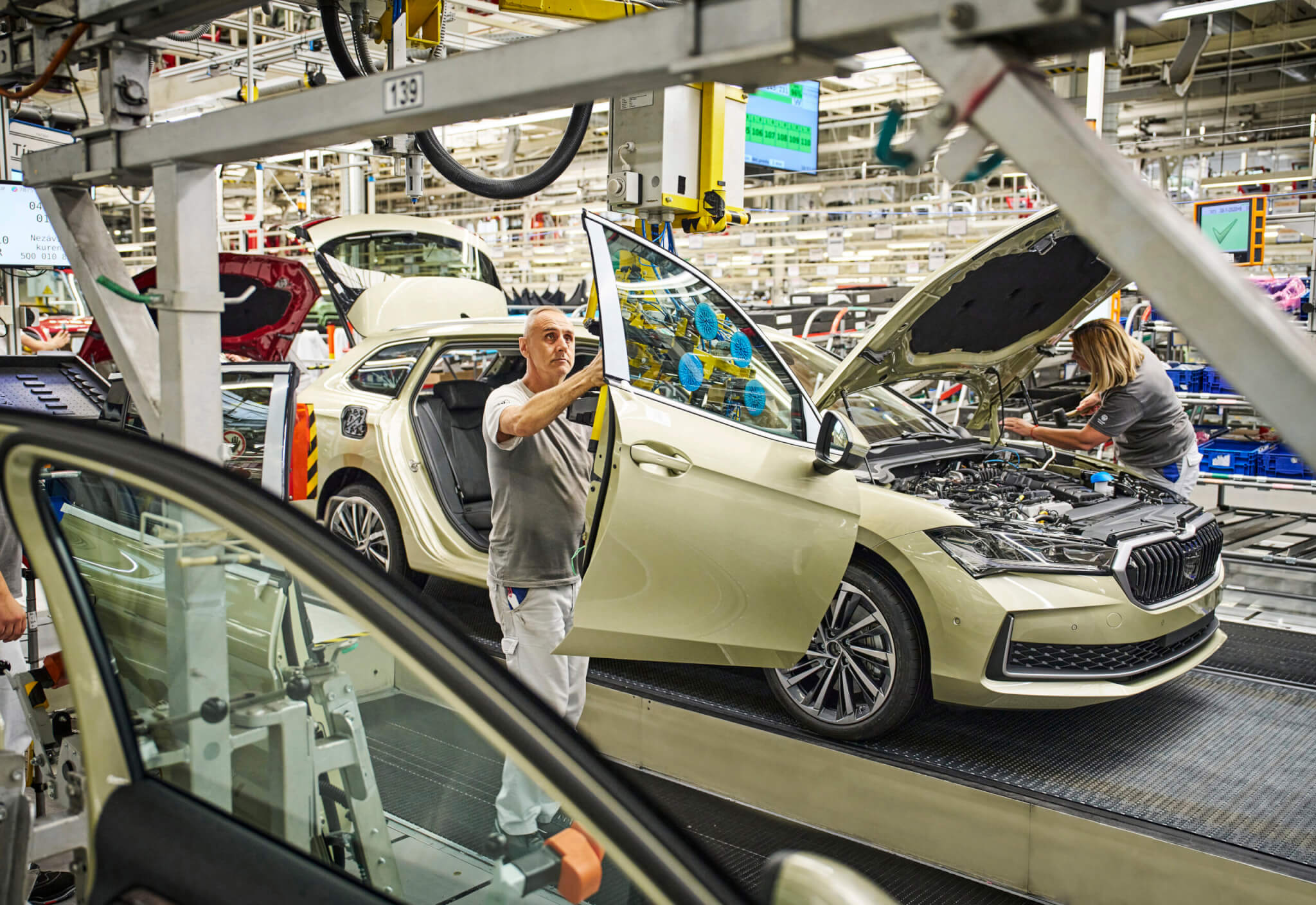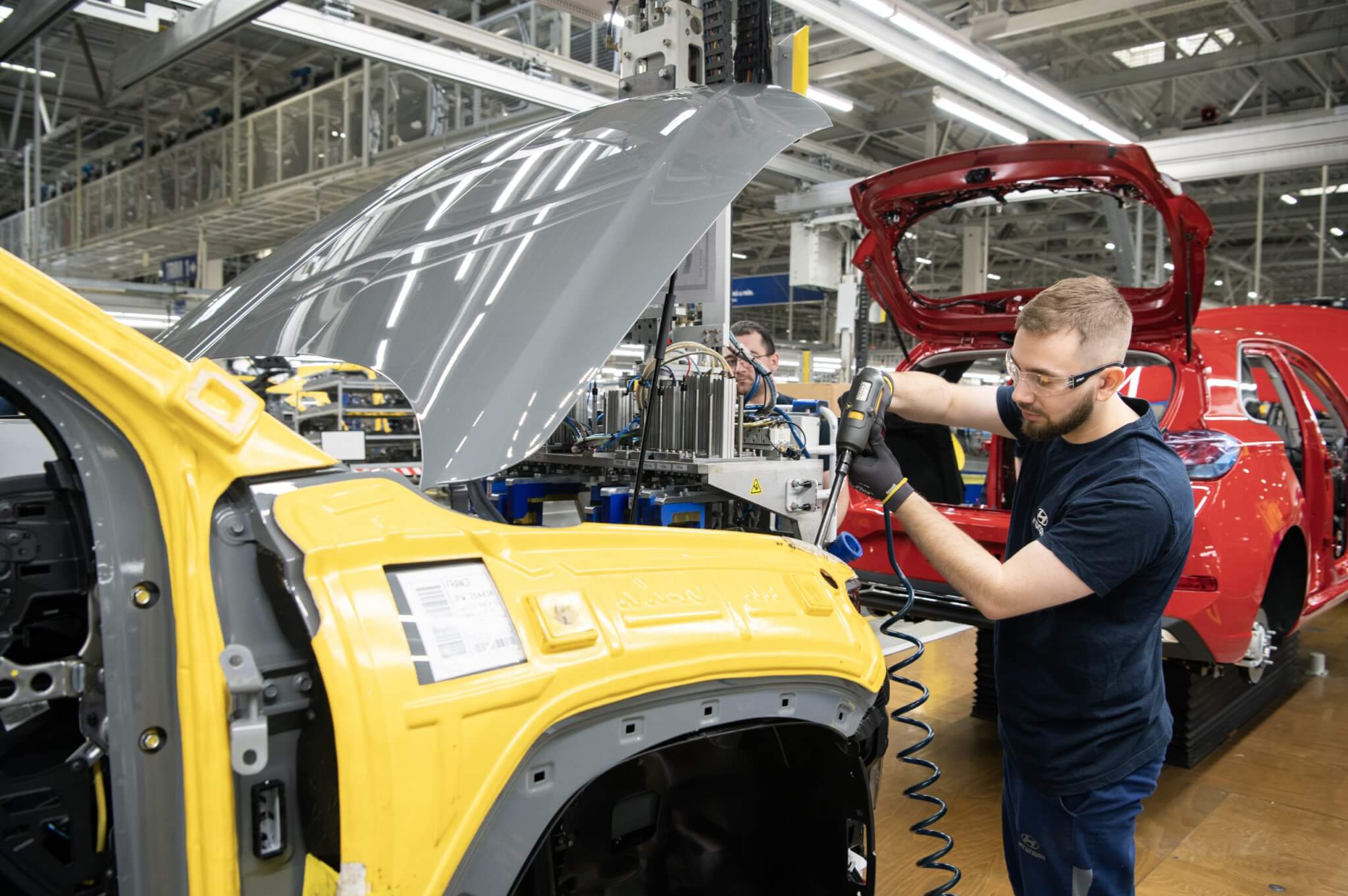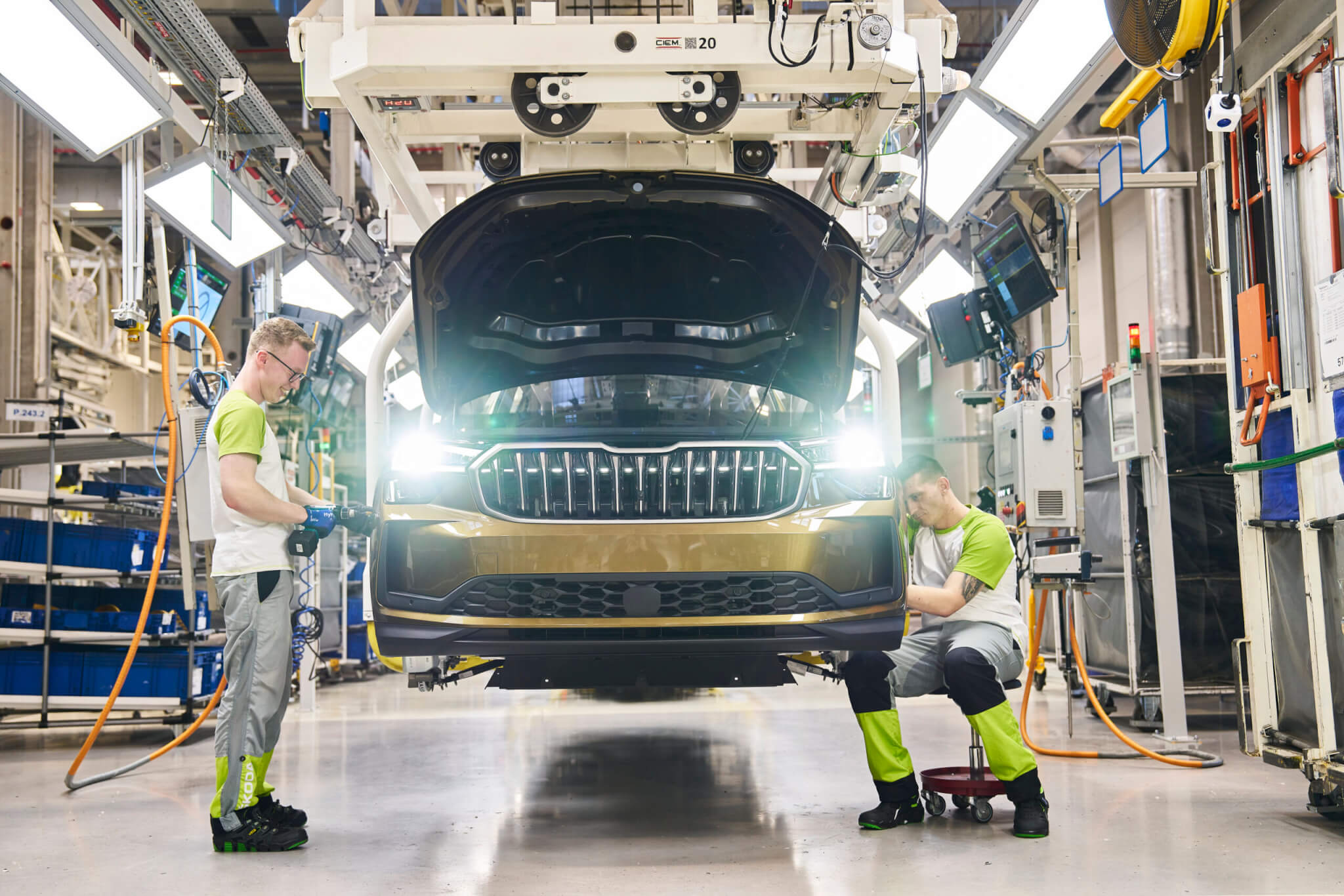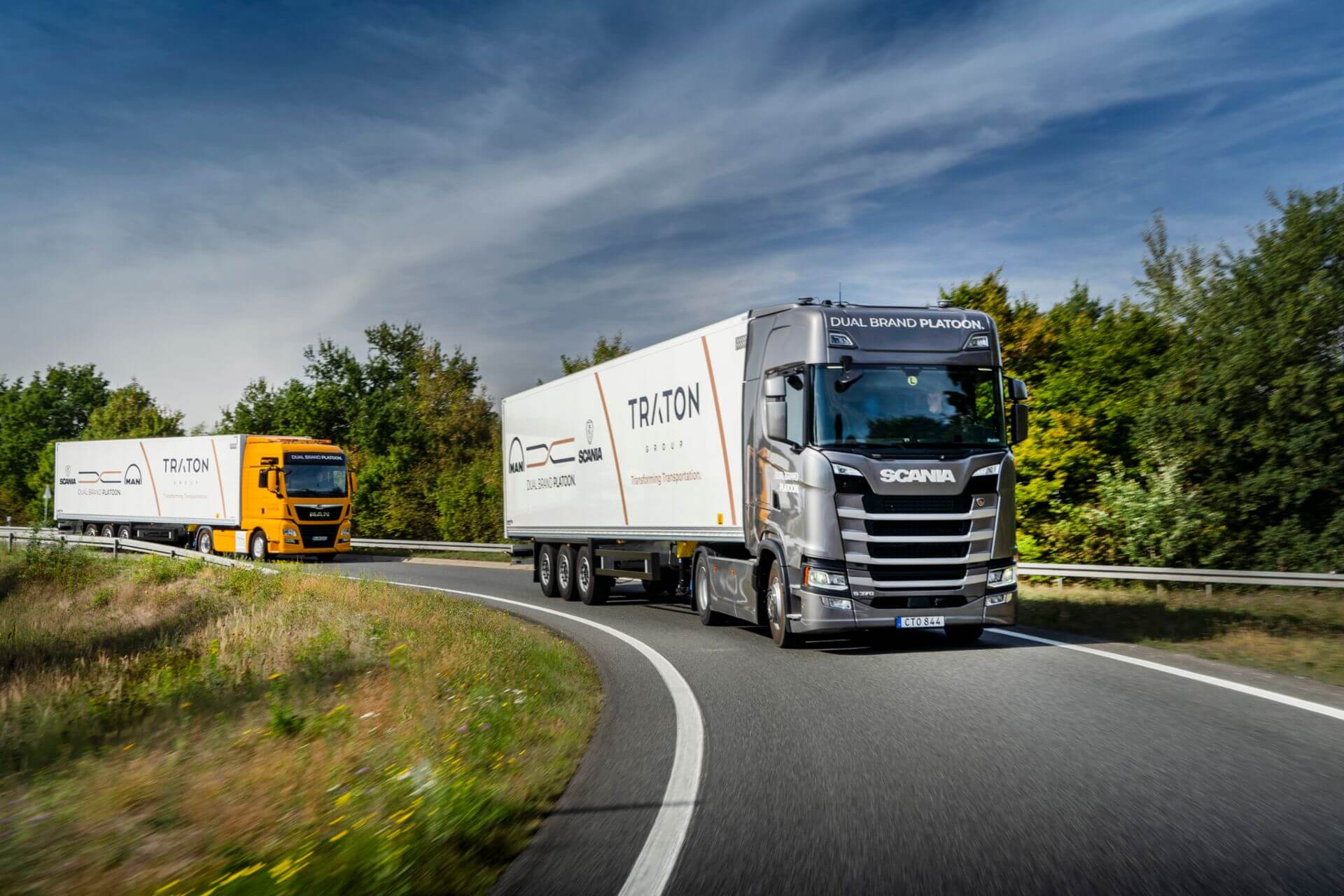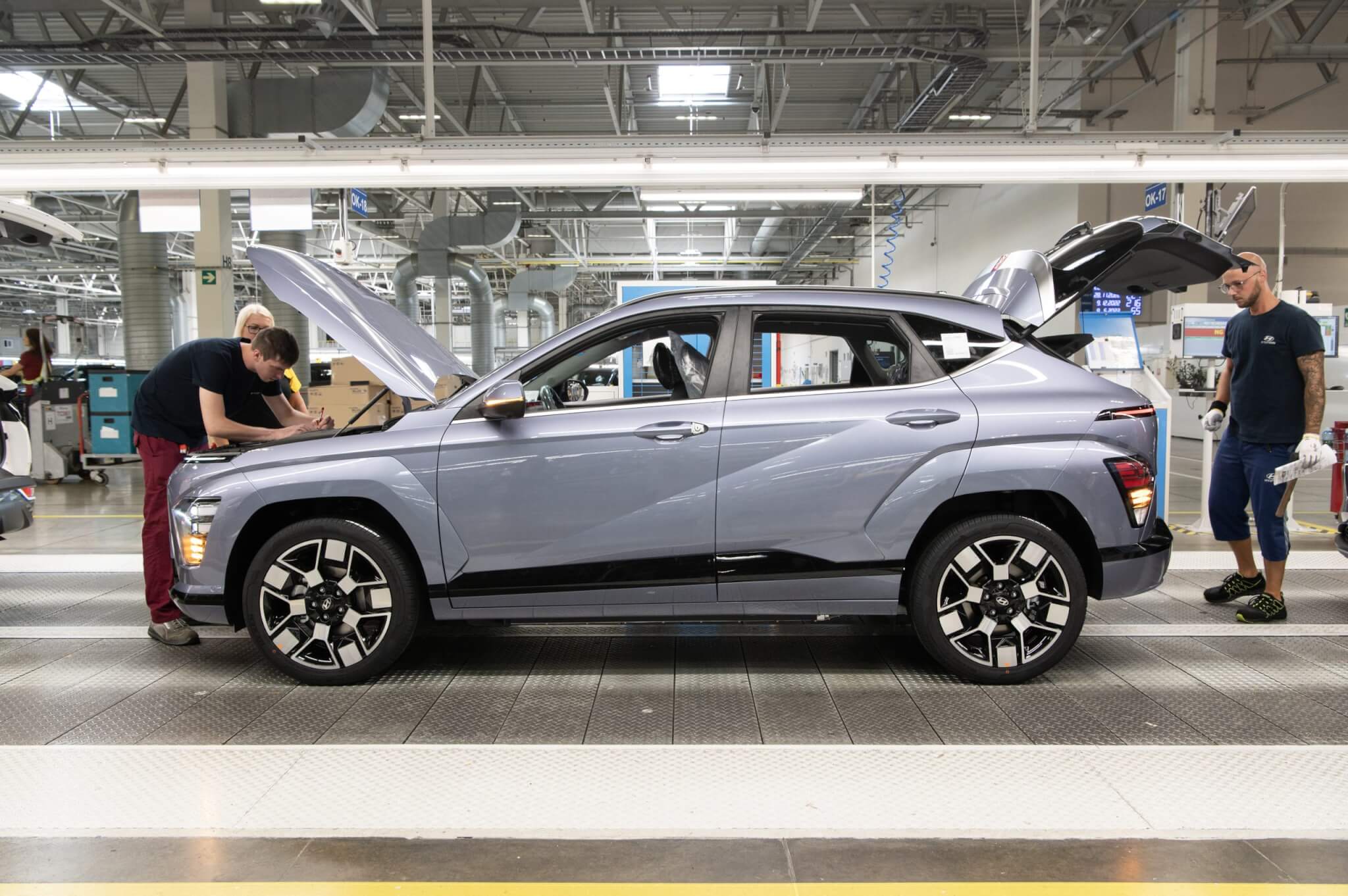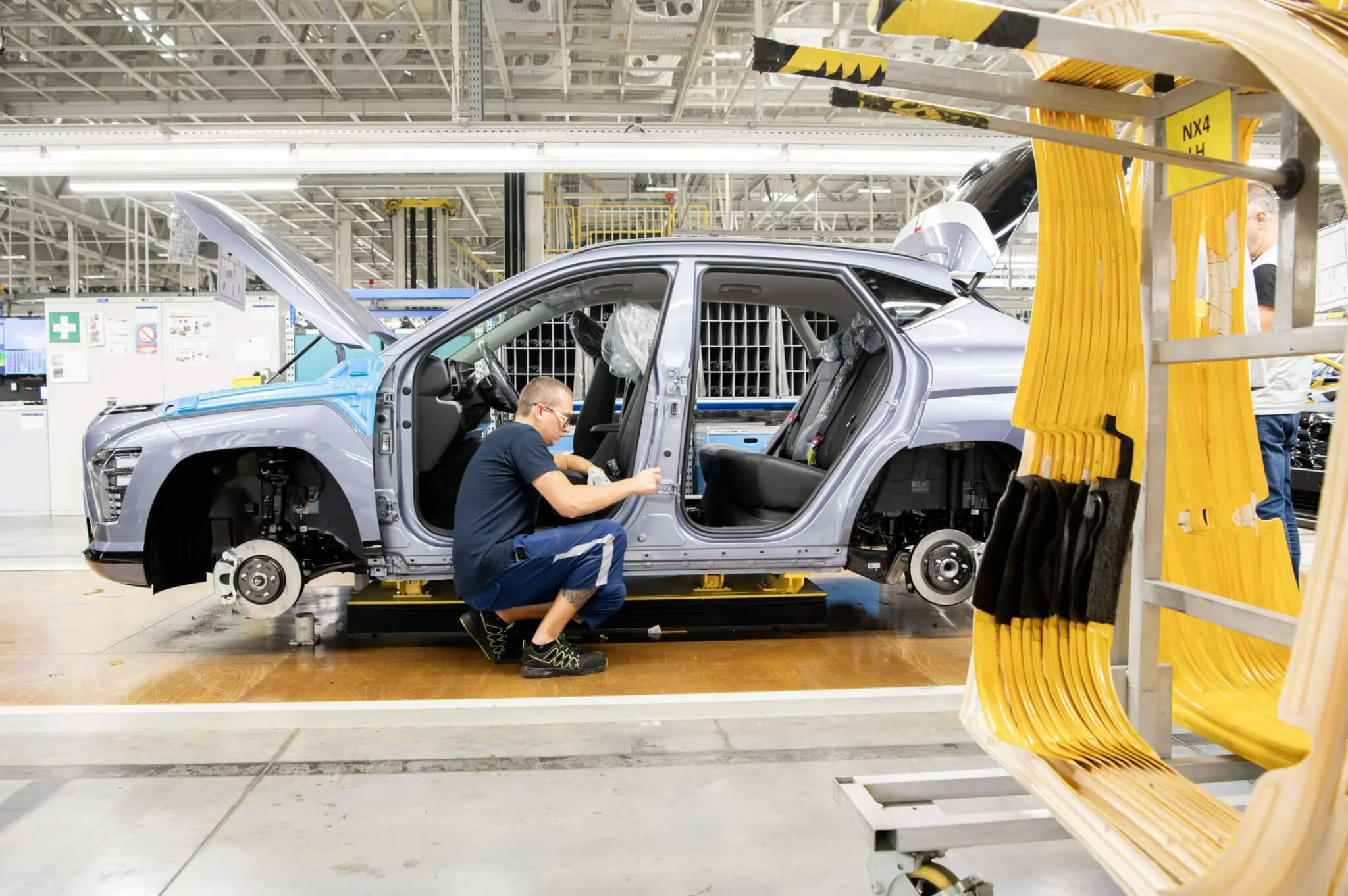Car production reaches record levels in the first quarter
In the first quarter, a total of 394,443 passenger vehicles were produced by domestic automotive companies, up 11.5% year-on-year. This is the highest production result for the first quarter of the year in the history of the Czech Republic. Production increases were

 “Perhaps never in history has the automotive industry been in such a complicated situation as now. Apart from production disruptions caused by persistent global chip shortages or the impact of high energy and material prices, vehicle manufacturers are literally overwhelmed by the excessive amount of incoming European legislation. Particularly in the context of the recent proposal for new Euro 7/VII emission standards, we consider the requirement for speed in reducing CO2 emissions to be extremely tough.” Says David Kříž, CEO of Iveco Czech Republic and member of the Board of Directors of the Automotive Industry Association.
“Perhaps never in history has the automotive industry been in such a complicated situation as now. Apart from production disruptions caused by persistent global chip shortages or the impact of high energy and material prices, vehicle manufacturers are literally overwhelmed by the excessive amount of incoming European legislation. Particularly in the context of the recent proposal for new Euro 7/VII emission standards, we consider the requirement for speed in reducing CO2 emissions to be extremely tough.” Says David Kříž, CEO of Iveco Czech Republic and member of the Board of Directors of the Automotive Industry Association.

